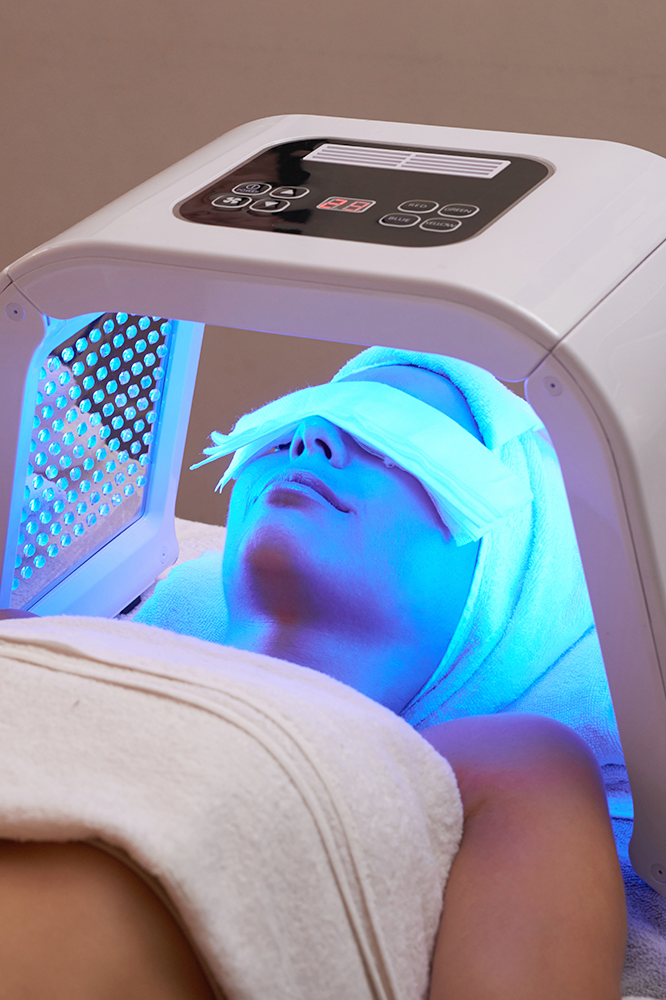The Ultimate Guide to Glowing Skin: Why Facials Are a Must for Your Skincare Routine

In today’s fast-paced world, our skin is constantly exposed to environmental stressors, leaving it dull, tired, and prone to imperfections. Regular facials are a luxurious and effective way to maintain a healthy, radiant complexion. But facials are more than just a pampering session; they are an essential part of any skincare regimen. In this blog, we’ll explore the benefits of facials, different types available, and why making them a regular part of your beauty routine can lead to long-lasting results.
1. What Are Facials?
Facials are multi-step skin treatments designed to cleanse, exfoliate, and nourish your skin. They can be tailored to address specific concerns such as acne, aging, dryness, or sensitivity. A typical facial includes cleansing, steaming, exfoliation, extraction, massage, and the application of masks and serums. These treatments are performed by licensed estheticians who use professional-grade products and techniques to rejuvenate your skin.
2. The Benefits of Regular Facials
- Deep Cleansing: Facials provide a deeper cleanse than you can achieve at home, removing dirt, oil, and toxins that accumulate on the skin.
- Exfoliation: Regular exfoliation during facials helps to remove dead skin cells, promoting the regeneration of new cells and leaving your skin smoother and more even-toned.
- Anti-Aging: Many facials incorporate anti-aging treatments like collagen-boosting serums, LED therapy, or microdermabrasion, which can reduce the appearance of fine lines and wrinkles.
- Hydration: Facials can restore moisture to the skin, making it look plumper and more youthful.
- Stress Relief: The relaxation aspect of facials shouldn’t be underestimated. The soothing environment and gentle massage techniques help reduce stress, which can have a positive effect on your overall skin health.
3. Types of Facials
- Classic Facial: Ideal for those looking to maintain healthy skin. This facial typically includes cleansing, exfoliation, extraction, and a mask.
- Anti-Aging Facial: Focuses on reducing signs of aging with specialized serums and treatments like microdermabrasion or LED light therapy.
- Acne Facial: Targeted for those with acne-prone skin, this facial includes deep cleansing, exfoliation, and the use of anti-inflammatory products to reduce breakouts.
- Hydrating Facial: Perfect for dry or dehydrated skin, this facial uses masks and serums to replenish moisture and restore a healthy glow.
- Brightening Facial: Designed to reduce hyperpigmentation and give your skin a radiant boost, this facial often includes vitamin C and other brightening agents.
4. Why Invest in Professional Facials?
While at-home skincare routines are essential, professional facials offer a level of care that is difficult to replicate on your own. Estheticians have access to high-quality products and tools that can deeply penetrate the skin, delivering nutrients where they are needed most. Regular visits to a skincare professional can also help you track your skin’s progress and adjust your routine as needed.
5. How Often Should You Get a Facial?
The frequency of facials depends on your skin type and concerns. Generally, it’s recommended to get a facial every 4-6 weeks. This allows your skin to benefit from regular deep cleansing and exfoliation while also giving it time to heal and rejuvenate between sessions. Your esthetician can recommend a personalized schedule based on your skin’s needs.
6. Final Thoughts: Achieve Your Best Skin Yet
Incorporating facials into your skincare routine is an investment in your skin’s health and appearance. Whether you’re looking to treat specific concerns or simply maintain a youthful glow, there’s a facial tailored for you. By working with a professional esthetician, you can create a skincare plan that helps you achieve and maintain the complexion you’ve always wanted.





